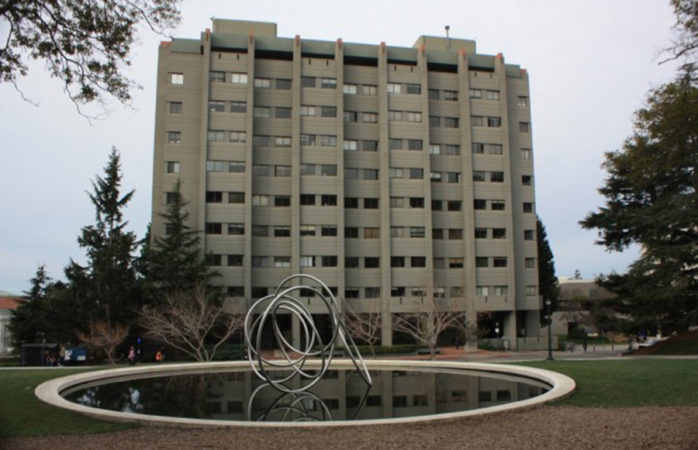Architectural monstrosities
Architecture, like all art forms, is an expression of human creativity. Some buildings are designed to inspire awe, others to provoke laughter. Some are built to last forever, others to be torn down after a single season. Some are meant to be seen from afar, others close up. Some are intended to be admired, others to be used. And yet, despite these differences, they all share certain characteristics. They are made out of materials that can withstand the elements, they are constructed according to rules, and they are built by people who know how to build things.
But what are "Architectural monstrosities"? What does it mean? These are outrageous designs. The foolish, the strange, and the downright odd. All people create their own unique works of art. Many of these creations end up as just that—artifacts. Others become permanent pieces of our history. Still, others endure as reminders of the errors that led to their creation. Some of the architectural monstrosities are the Evans Hall of the Berkeley Campus, Tours Aillaud of Paris, France, and De Vere Grand Harbour Hotel, in Southampton, England.

The Evans Hall of the Berkeley Campus, which most students would rather see demolished than preserved. Some people refer to it as a "mistake," others say it's a "fortress" or a "prison." But photographers usually try to avoid capturing it at all costs. It is in a Statistics, Economics, and Mathematics (SE&M) department at UC Berkeley. Evans Hall is located at the northeast end of campus, just across from Memorial Glade. It was built in 1971 and is named after Griffith Evans, who was once a mathematics chairperson. The controversial hall's architect was Gardner Dailey. Evans Hall was ranked one of the ugly buildings at UC Berkeley by its students. It has a lot of windowless classrooms. Most students at UC Berkeley call Evans Hall "an imposing concrete structure." Some people have complained that the building's design interferes with their view of San Francisco Bay.
You may be wondering why you should pursue building the project even though you already realize it will end up looking bad? Here comes the disadvantage of not having proper feedback while in the progress of designing. That's why it is important in any project to apply the Agile Methodology. It is a popular project management methodology that incorporates an iterative and incremental approach. Iterative planning means that each plan is improved upon by the next iteration. It’s incremental because the new features added during each iteration build upon what was previously accomplished. It means having regular meetings with stakeholders and continuously working towards improvements. Teams go through a series of steps during every sprint. These include planning, execution, and evaluation.
It is highly advised to use this kind of Agile methodology, especially when doing big projects like these to avoid unsuccessful results.